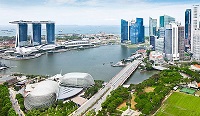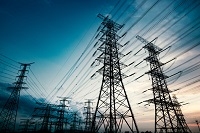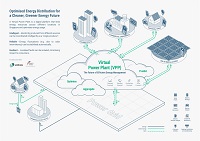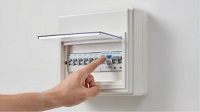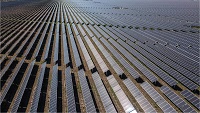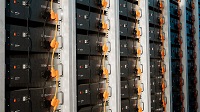Speeches
17 May 2013
Mr Zainul Abidin Rasheed, Chairman of Diamond Energy, Mr Lothar Herrmann, CEO of Siemens ASEAN-Pacific, Distinguished guests, Ladies and gentlemen
- Good morning. First, I would like to thank Siemens and Diamond Energy for inviting me today, to witness the launch of their pilot to introduce demand response services at The Siemens Centre.
- With advances in technology in recent years in areas such as smart grid applications and energy management systems, consumers are now able to manage their energy consumption in a cost-effective and automated manner. For example, consumers can automate their thermostats of air-conditioning systems or install automatic light sensors. This allows them to better optimise their electricity usage in response to changing conditions.
- Such activities, which are known as “Demand Side Management,” have the potential to bring about system-wide benefits. For example, they can help to reduce demand for electricity and avoid the need for generation companies to run up their less efficient power plants during peak periods. This lowers the electricity pool price and reduces carbon emissions.
- It is for these reasons that EMA has put in place measures to encourage consumers to adopt new technologies that improve energy efficiency. One example is the Interruptible Load (or IL) Scheme introduced back in 2004. This scheme allows consumers to participate in the reserves market by offering stand-by capacity, which can be curtailed if necessary, in return for reserve payments.
- Allowing consumer loads to complement power generation has increased our available reserve capacity. At the same time, it enhances market competition and exerts downward pressure on reserve and energy prices. There are currently 21 Megawatts of interruptible load registered under this scheme. Most of it comes from the manufacturing sector.
- There is scope for more consumers to participate. I am therefore very happy that Siemens and Diamond Energy have come together for The Siemens Centre to be the first commercial building in Singapore to participate in the IL Scheme. I hope this will encourage other commercial buildings to come on board and benefit from the scheme.
- Besides the IL Scheme which is for the reserves market, EMA is studying the introduction of a Demand Response programme where consumers can participate directly in the electricity market to reduce or shift their loads when prices are high. In return, consumers can receive payments which are pegged to a certain proportion of the benefits they have generated for the market as a whole. Demand response has been successfully implemented in countries like the US and Australia.
- It is an area which EMA would like to introduce in Singapore to complement our existing measures, and to provide consumers with more options to manage their electricity demand.
- In October 2012, EMA launched a consultation paper on the proposed regulatory framework for a Demand Response programme in Singapore. We have received useful feedback and positive responses from the industry and interested participants, and we are currently studying the suggestions received. I would like to thank all the stakeholders who contributed to the consultation exercise for your valuable inputs.
- Let me conclude by congratulating Siemens and Diamond Energy on the launch of their collaboration. This pilot between Siemens and Diamond Energy serves as an example of how businesses can benefit from demand side management initiatives. I hope it will encourage more companies to participate in such activities.
Benefits of Demand Side Management and Energy Efficiency
